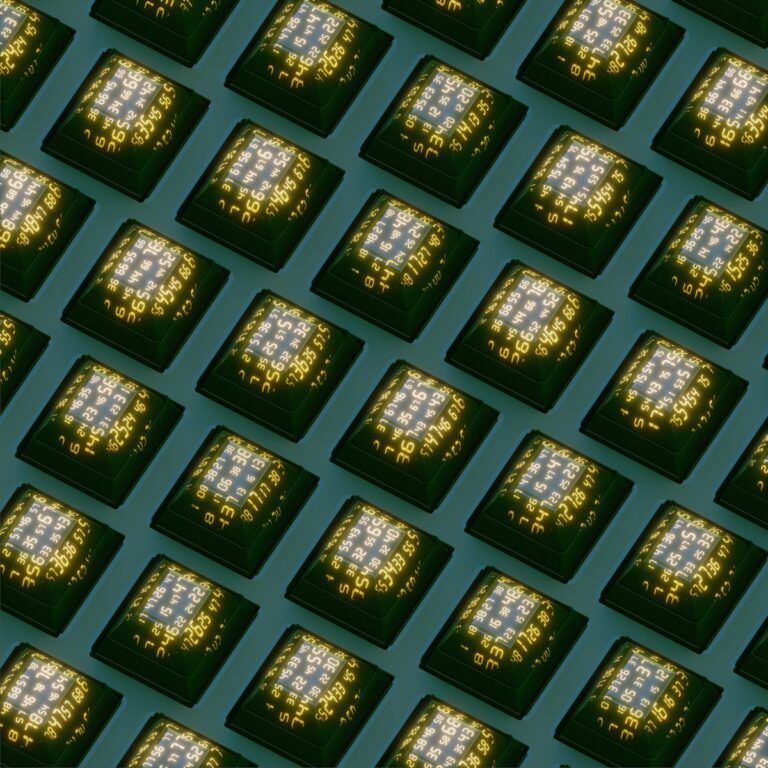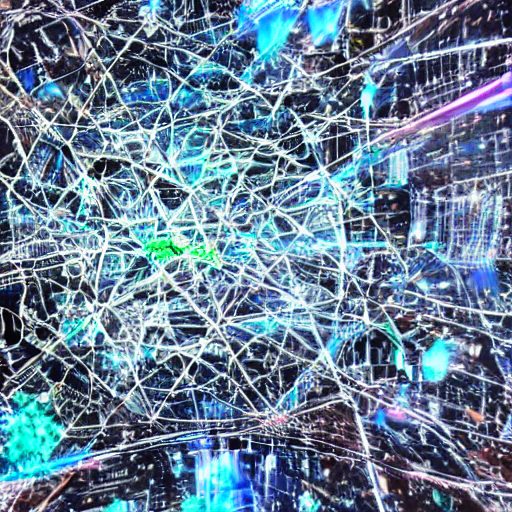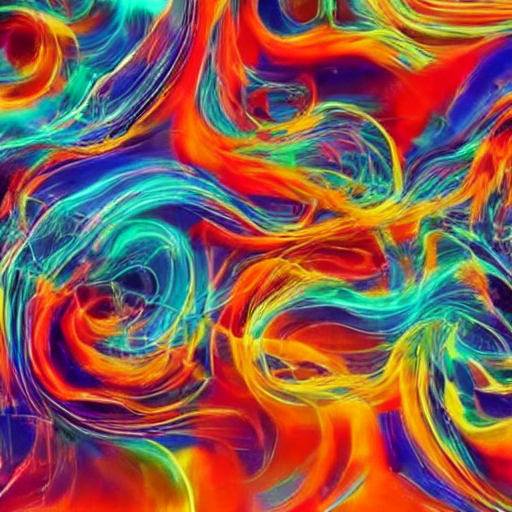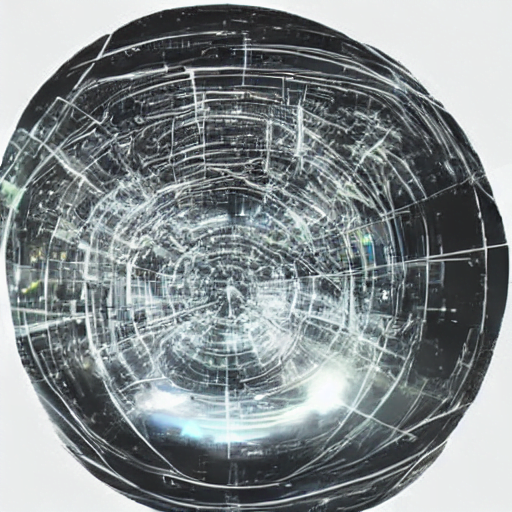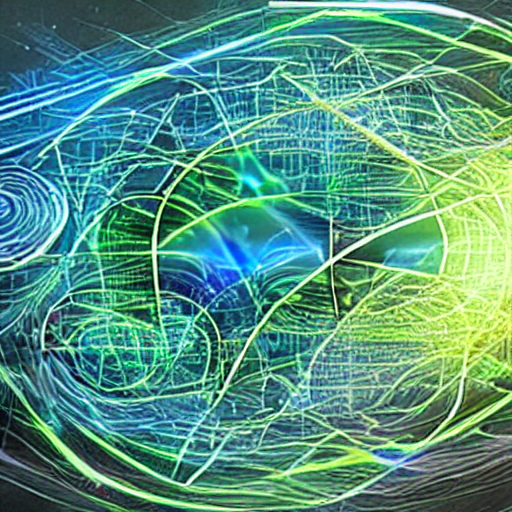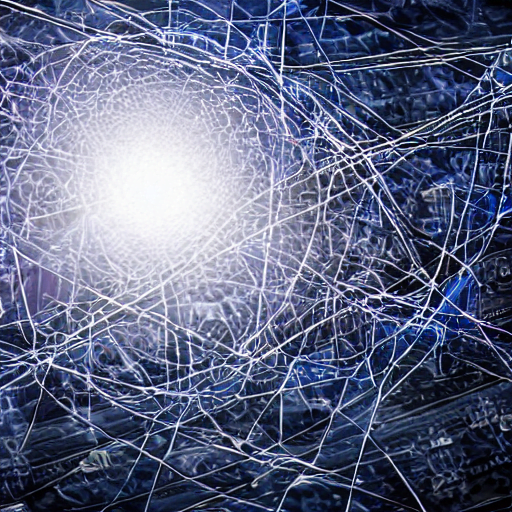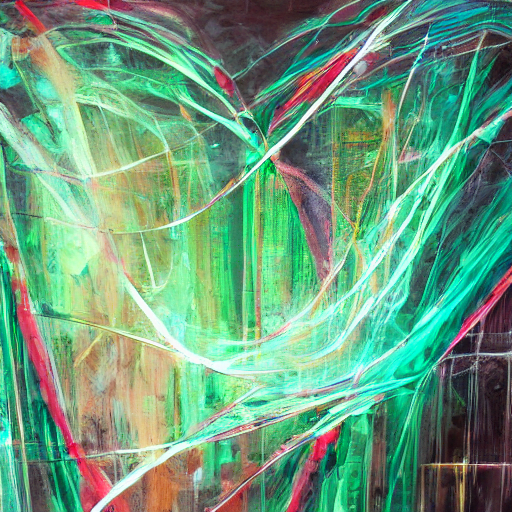Edge Computing: The Future of Processing and Why It’s Important
Edge computing is transforming the way data is being handled, processed, and delivered from millions of devices around the world. As the next wave in the evolution of internet architecture, edge computing is poised to redefine connectivity and provide new opportunities for businesses and consumers alike. Here’s an in-depth look at what edge computing is and why it is crucial.

